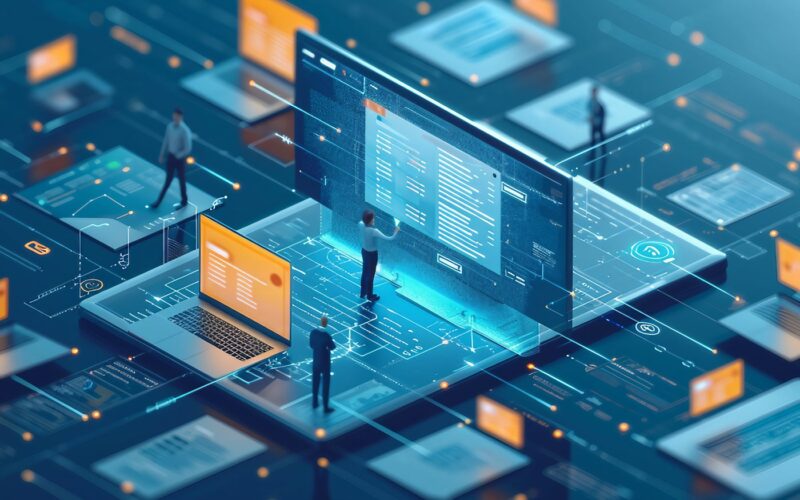11
Nov
A robot, trained for the first time by watching videos of seasoned surgeons, executed the same surgical procedures as skillfully as the human doctors. The successful use of imitation learning to train surgical robots eliminates the need to program robots with each individual move required during a medical procedure and brings the field of robotic surgery closer to true autonomy, where robots could perform complex surgeries without human help. "It's really magical to have this model and all we do is feed it camera input and it can predict the robotic movements needed for surgery," said senior author Axel Krieger.…






